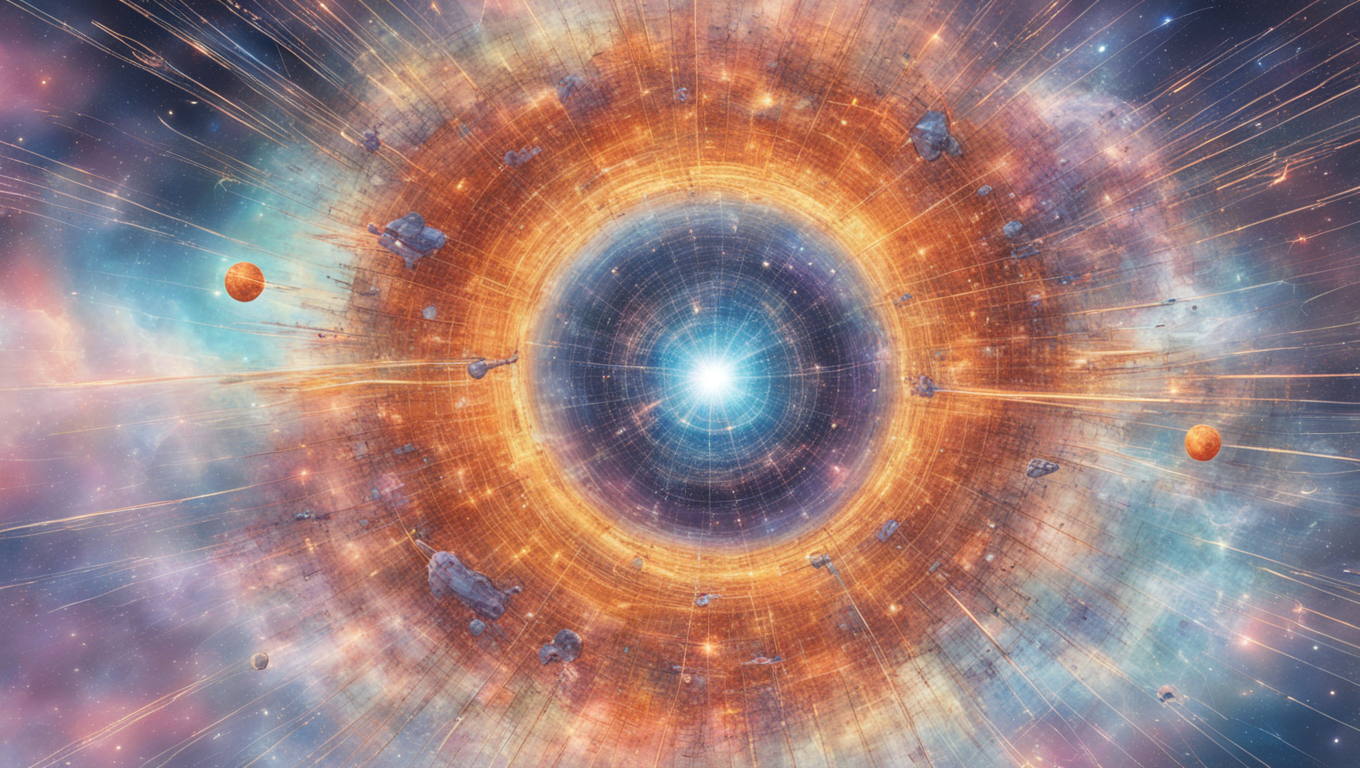A groundbreaking achievement has been made in the field of astronomy as artificial intelligence (AI) successfully discovered its first supernova. This discovery not only showcases the potential of AI in revolutionizing astronomical research but also highlights the ways in which it can assist scientists in unraveling the mysteries of the universe.
The AI tool responsible for this remarkable feat is called BTSbot, short for Bright Transient Survey Bot. Developed by a team led by Northwestern University, this automated process eliminates the need for astronomers to manually inspect and classify supernova candidates, freeing up their time to delve deeper into understanding the cosmos.
Humans have traditionally spent thousands of hours visually examining and categorizing supernova candidates over the past six years. However, with the introduction of BTSbot, this time-consuming process can now be bypassed, allowing for more efficient detection and analysis of these celestial events.
BTSbot has been trained on a vast amount of data, consisting of over 1.4 million historical images from 16,000 astronomical sources. This comprehensive machine learning approach enables the AI tool to rapidly process and classify new supernova candidates, potentially eliminating human errors that may arise during the process.
Adam Miller, leader of the research team, highlighted the significance of this achievement and the implications it holds for future astronomical research. He stated, “For the first time ever, a series of robots and AI algorithms has observed, then identified, then communicated with another telescope to finally confirm the discovery of a supernova. This represents an important step forward as further refinement of models will allow the robots to isolate specific subtypes of stellar explosions.”
The ability of AI to autonomously detect and classify supernovae opens up exciting possibilities for astronomers. With the assistance of AI tools like BTSbot, scientists can redirect their efforts towards developing new hypotheses and theories to explain the origin of these cosmic explosions.
This breakthrough serves as a testament to the potential of AI in transforming the field of astronomy. As technological advancements continue to enhance the capabilities of AI, we can expect further discoveries and insights into the depths of the universe. The collaboration between advanced technology and the curious minds of scientists promises a bright future for astronomical research.
In the words of Miller, “Ultimately, removing humans from the loop provides more time for the research team to analyze their observations and develop new hypotheses to explain the origin of the cosmic explosions that we observe.” With AI taking on the grunt work of analyzing data, astronomers are free to expand the frontiers of knowledge and unlock the secrets the universe holds.





Use the share button below if you liked it.